Description
The MXR DC Brick Guitar Pedal Power Supply is currently retailing at £99 and it is in stock. Available to be delivered to you by post direct (some charge may apply).The team at Just Pedals think that MXR nailed it with the MXR DC Brick Guitar Pedal Power Supply.
The brand new guitar pedal power supply – the MXR DC Brick M237 – now handles more pedals than ever before! With 8x 9v outputs and 2x 18v outputs, all but the most specialist of pedals are covered. With handy built in indicators on each socket, you’ll be able to troubleshoot problems fast. All the cables you need for standard guitar pedals are included, so rest assured that your power needs are sorted with the MXR DC Brick.
Key features
- Handles twice the power of the original DC Brick
- Eight 9v outputs and two 18v outputs
- Each 9v output has a red LED that illuminates in case of a short
Here’s what MXR say about the MXR DC Brick M237
Keep your pedals powered all night long with the MXR DC Brick, a revamp of the DCB10. Now under the MXR brand, the new DC Brick features all of the short circuit and overload protection of the original but now handles twice the power, allowing you to use virtually any combination of effects.
Additionally, each 9v output has a red LED that illuminates if there is a short so you can quickly identify and troubleshoot any power problems. The MXR DC Brick has eight 9v outputs and two 18v outputs, a change from the DCB10’s seven 9v outputs and three 18v outputs. And of course, the AC adapter and all necessary cables to connect pedals to the unit are included.
We have new and used MXR musical equipment available on our website for fast direct delivery from sellers across the UK & Europe.
MXR is a renowned American effects pedal brand, founded in 1972, that has earned a reputation for its reliable, high-quality products with a focus on simplicity and performance. Known for their iconic compact designs, MXR pedals have become staples on pedalboards across genres. Popular models like the Phase 90, Dyna Comp, and Distortion+ have been integral to the sounds of rock, punk, and beyond. With a commitment to durability and tone, MXR continues to innovate, offering a wide range of pedals, from overdrives and delays to modulation and loopers.
A brick pedal, often referred to as a “brick” power supply, is a robust, compact, and reliable power source designed to provide consistent power to multiple guitar pedals. These power supplies are essential for musicians who use several pedals in their setup, as they ensure that each pedal receives the necessary voltage without risk of interference or power instability.
The name “brick” comes from the shape and size, which is typically large and boxy, much like a brick. These power supplies often feature multiple isolated outputs, preventing hum and noise from leaking between pedals, and can supply various voltages (such as 9V, 12V, or 18V) to accommodate different pedal requirements. Popular brands like Voodoo Lab and Truetone make high-quality brick power supplies that are built to withstand the rigours of live performances and provide reliable performance.
Just Pedals is a new Guitar Effect Pedals Marketplace – We feature new and used Guitar Effect pedals from different sellers, to purchase online from the UK.
A pedal is an electronic device that alters the sound of an electric guitar by applying various effects. Pedals are typically connected in a series between the guitar and amplifier, allowing guitarists to switch effects on and off with their feet while playing.
This enables musicians to quickly and easily change their sound, adding versatility and creativity to their performances.
Pedals are essential tools in many musical genres, including rock, blues, jazz, and metal, allowing artists to craft distinctive and dynamic soundscapes.
Once you buy one, you can’t stop and then you have to sell them and buy more.
In electronics, power is the essential driving force that enables devices and systems to function. It provides the energy needed to activate components, process signals, transmit data, and execute computing tasks. Power is also crucial for charging and storing energy in batteries for portable devices. Overall, power is fundamental to the operation and functionality of electronic devices, allowing them to perform their intended tasks and support a wide range of modern applications.
A power supply for guitar pedals is a crucial component that provides the necessary electrical power to run your effects pedals. Most pedals require a specific voltage (usually 9V, 12V, or 18V), and a quality power supply ensures that each pedal receives the correct power for optimal performance. Using the right power supply prevents unwanted noise, hum, or damage to your pedals.
There are two main types of power supplies: single-output and multi-output. Single-output power supplies provide power to one pedal, while multi-output supplies can power several pedals at once, often with isolated outputs to reduce interference between pedals. Popular options include the Voodoo Lab Pedal Power and the Truetone 1 Spot. These power supplies help simplify pedalboard setups by keeping everything powered with fewer cables and offering reliable, consistent performance for gigging musicians.
Just the latest videos
Just related products
11% Off £114.99 £101.81
Input 18V: At 2 Amps regulated supply (positive barrel negative centre 5.5mm x 2.1mm plug) Number of items: 1.0 Model Number: M239 Package Weight: 0.612 kilograms
£12.99
[Product Parameters] Input: 100V-240V, 50-60Hz, Output: 9V1A, Cable length: 1.5m, 5 Way Daisy Chain. Note: This product is not an original accessory, but is compatible with multiple brand devices [Universal Compatibility] This power supply is designe…
read more
5% Off £12.88 £12.24
[Specification:] Cable Polarity: center is negative (-), outside is positive (+) Input: 100-240V AC, 50-60 Hz;Output: 18V DC, 1 A [Compability:] A Replacement 18 Volt Power Supply replacement for guitar pedals such as MXR Flanger M117R, MXR 10band EQ…
read more
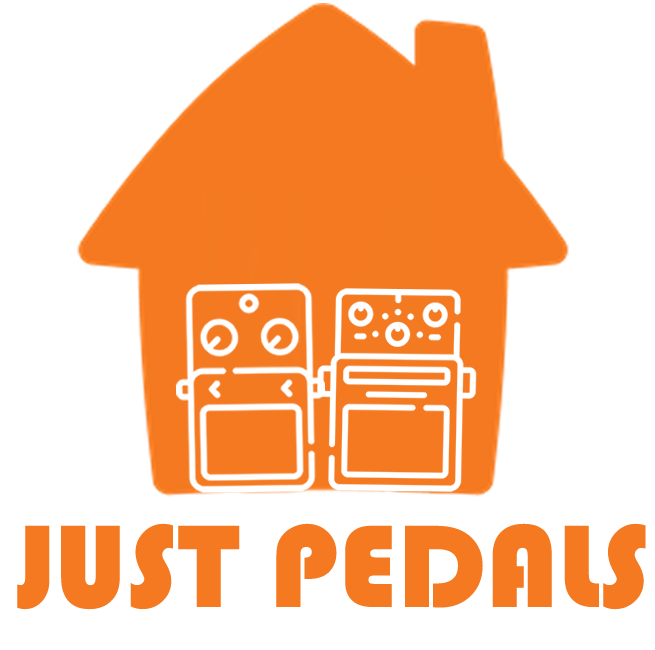
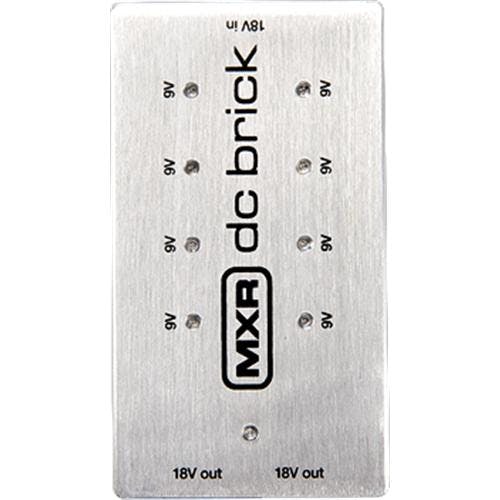

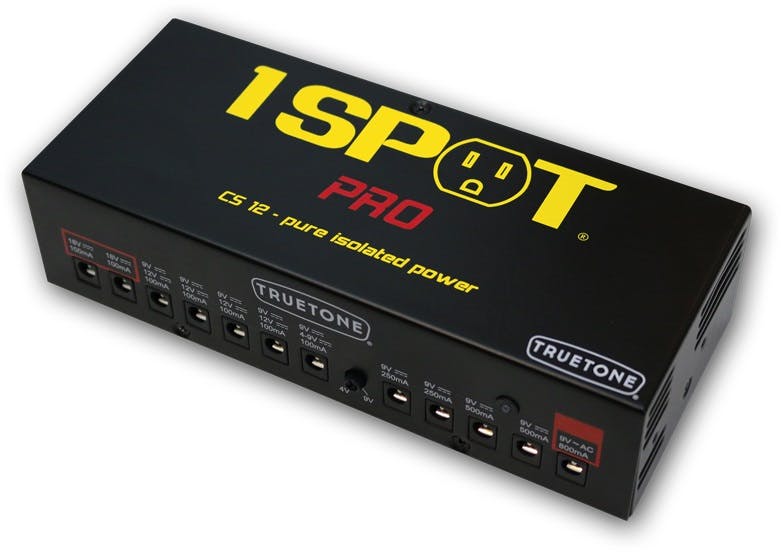

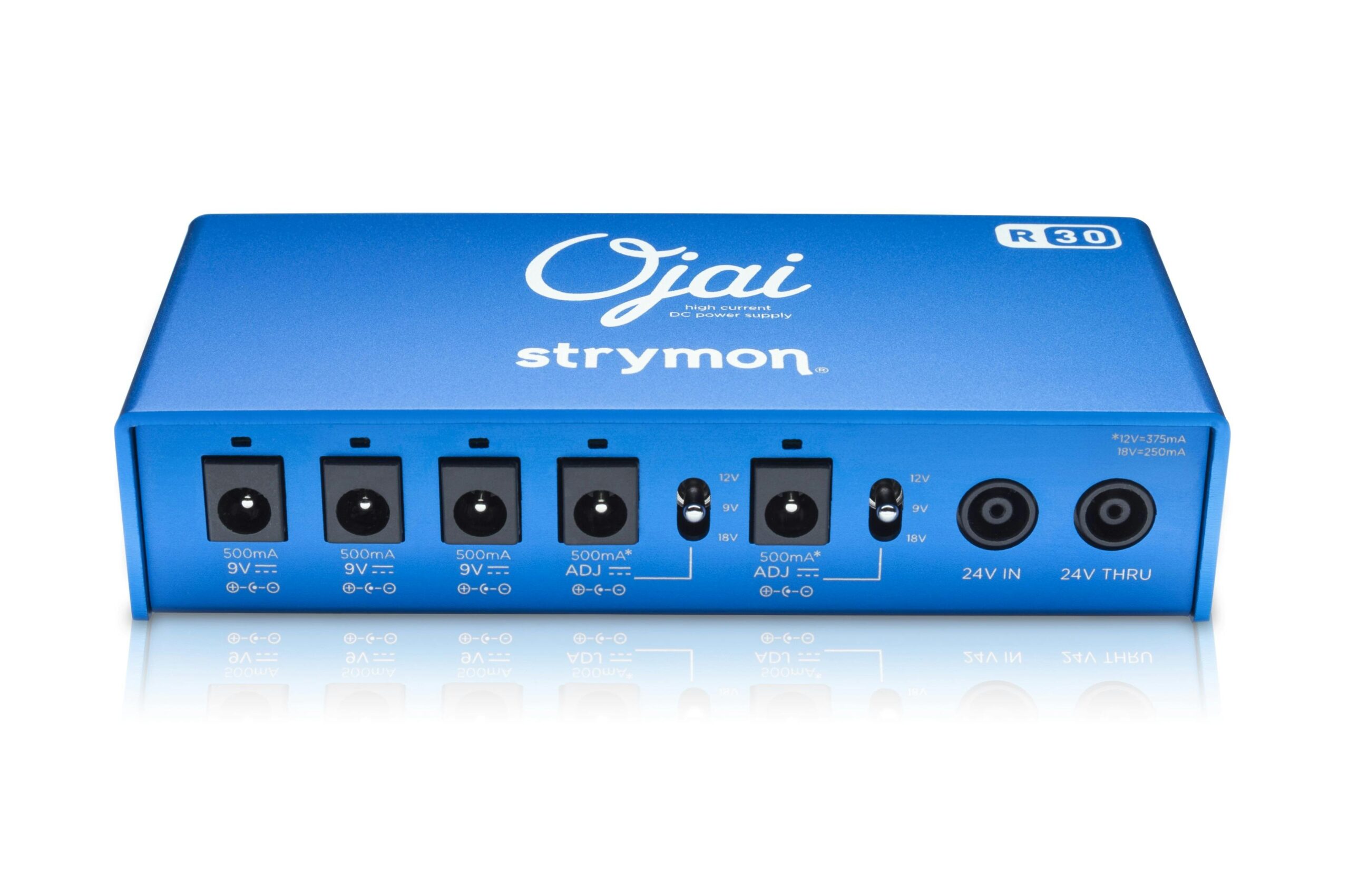
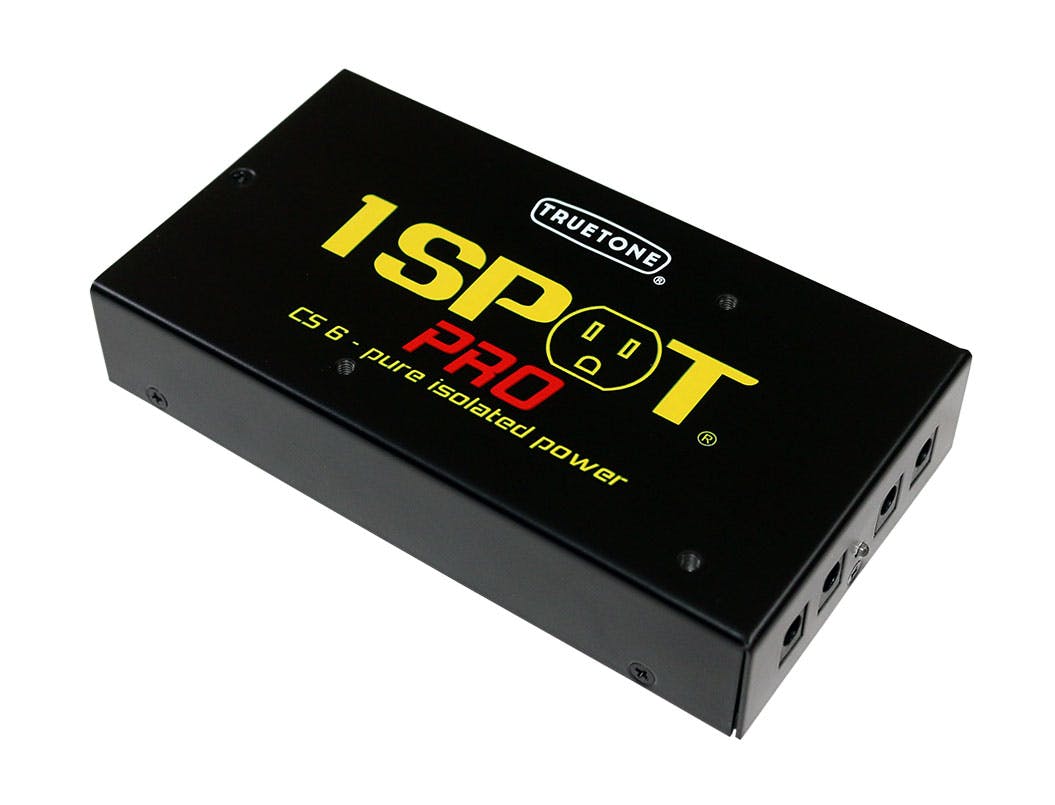
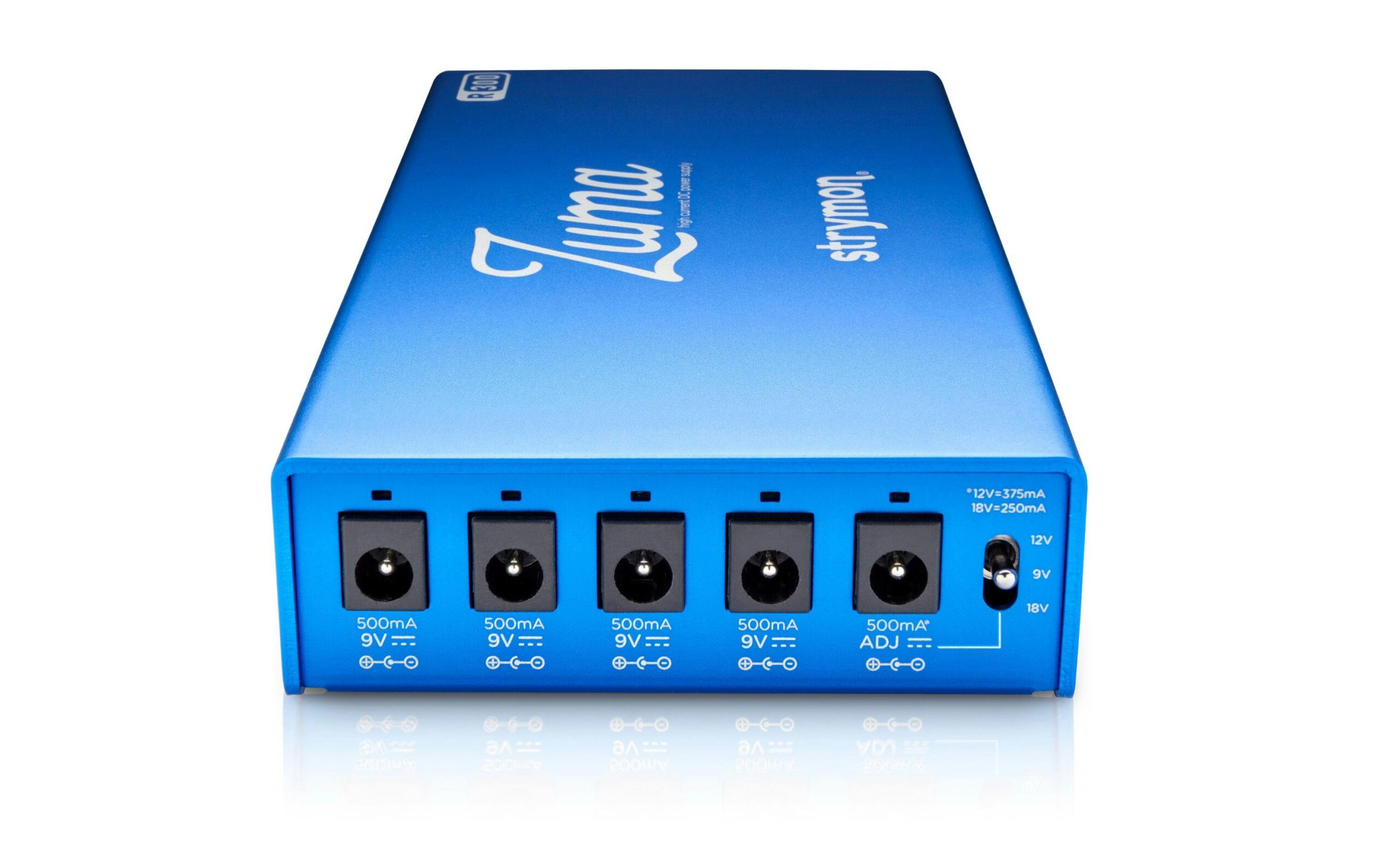
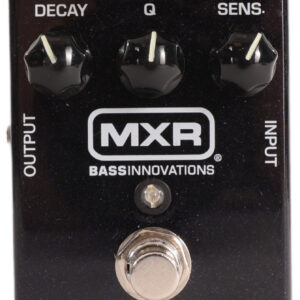
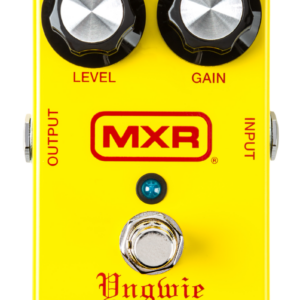
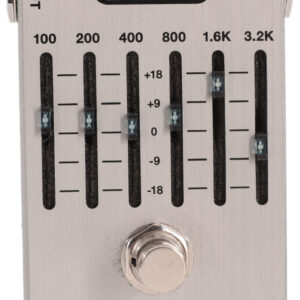
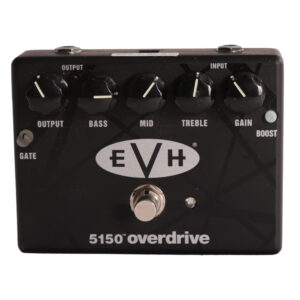
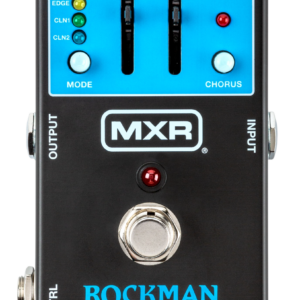
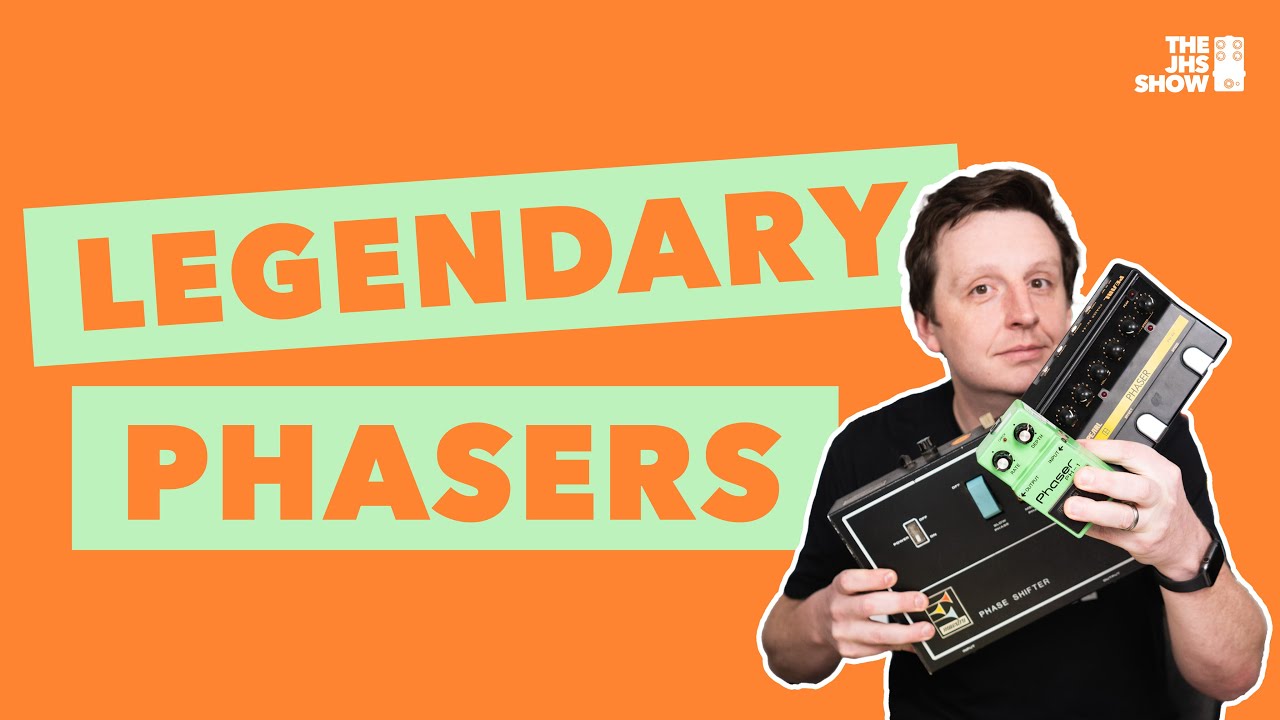
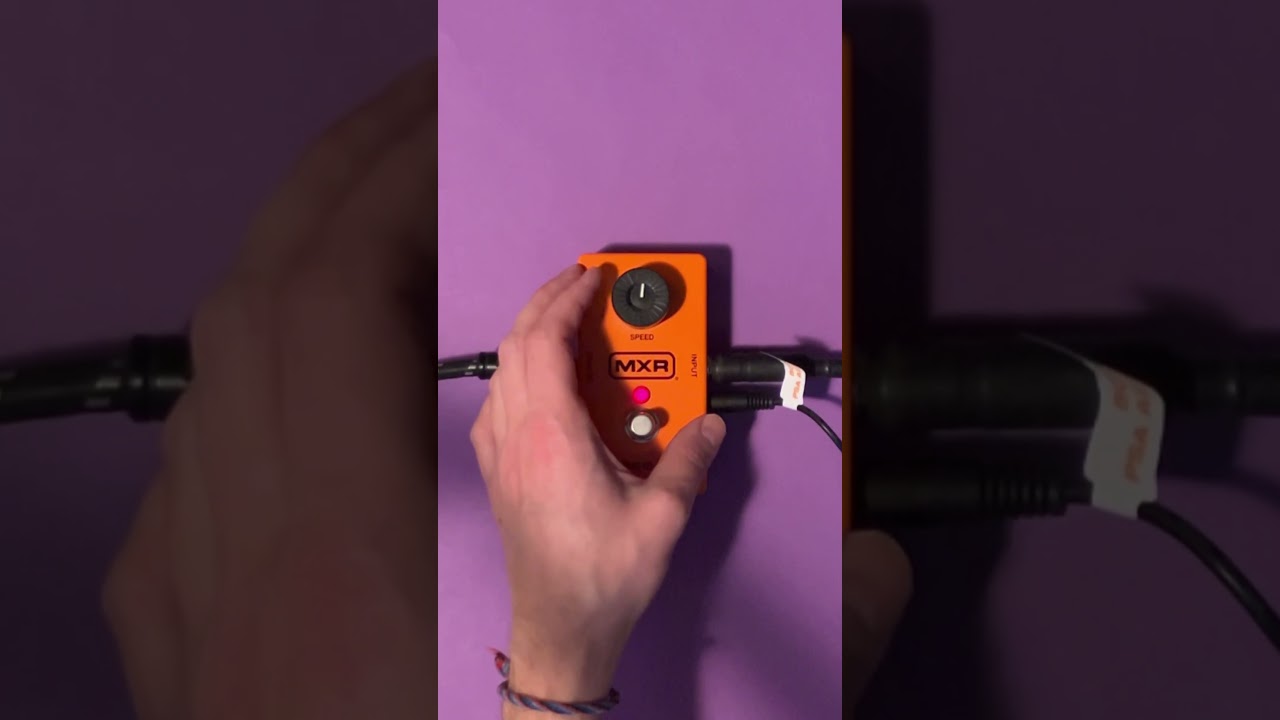
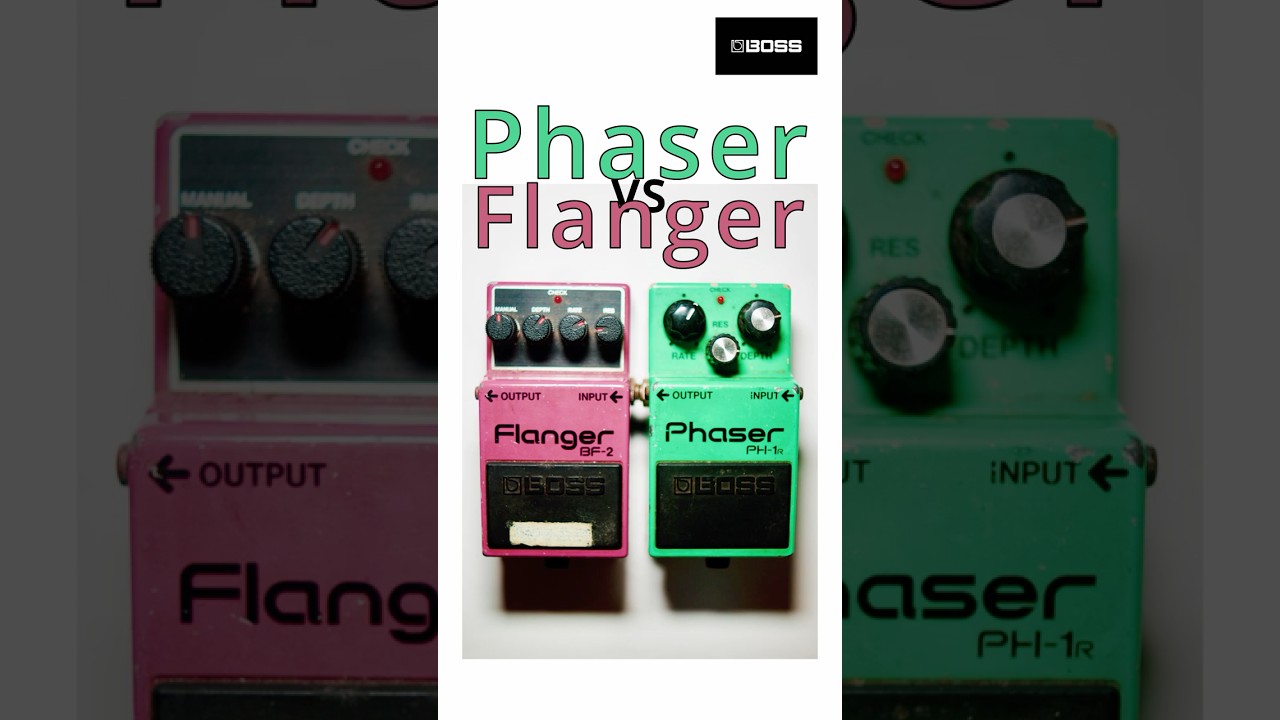
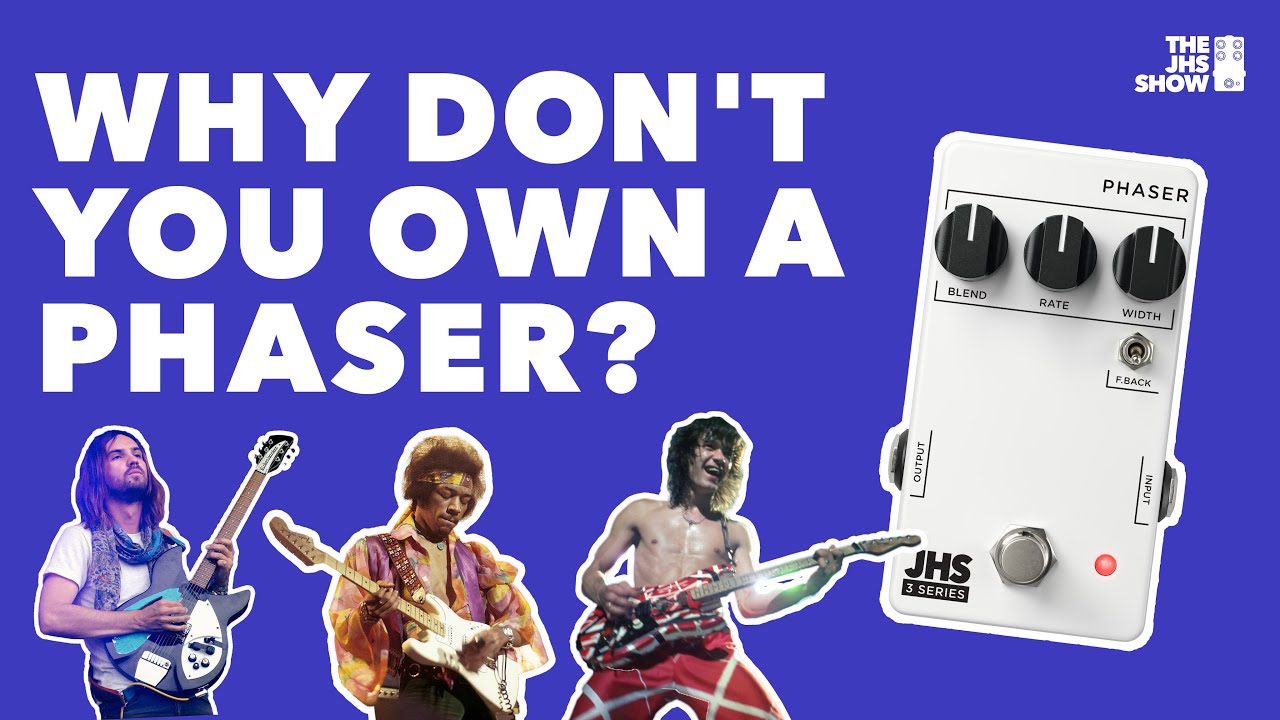






![[Product Parameters] Input: 100V-240V, 50-60Hz, Output: 9V1A, Cable length: 1.5m, 5 Way Daisy Chain. Note: This product is not an original accessory, but is compatible with multiple brand devices [Universal Compatibility] This power supply is designe...](https://m.media-amazon.com/images/I/41A7f+7XVnL._SL160_.jpg)









![[Specification:] Cable Polarity: center is negative (-), outside is positive (+) Input: 100-240V AC, 50-60 Hz;Output: 18V DC, 1 A [Compability:] A Replacement 18 Volt Power Supply replacement for guitar pedals such as MXR Flanger M117R, MXR 10band EQ...](https://m.media-amazon.com/images/I/31vCINQayIL._SL160_.jpg)




